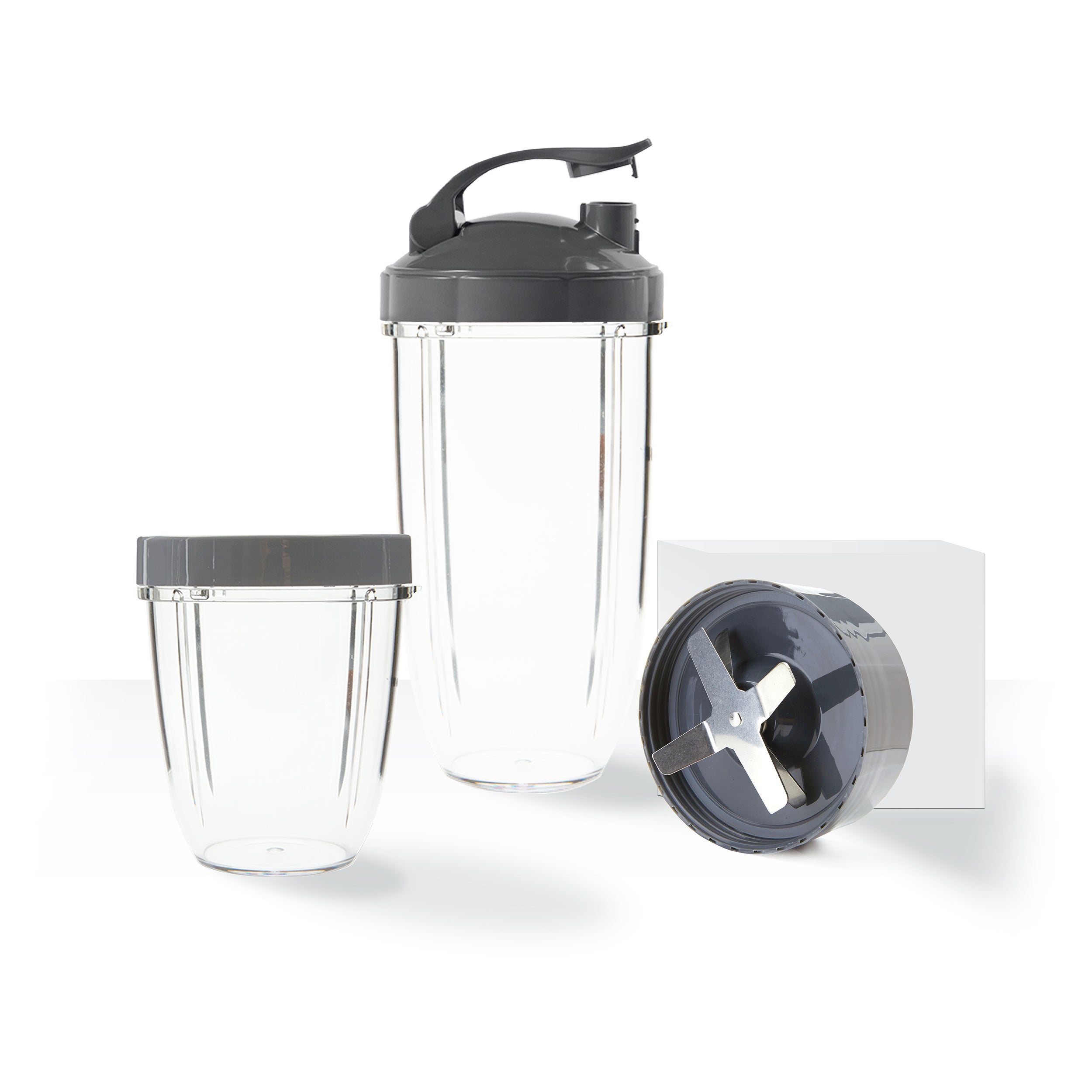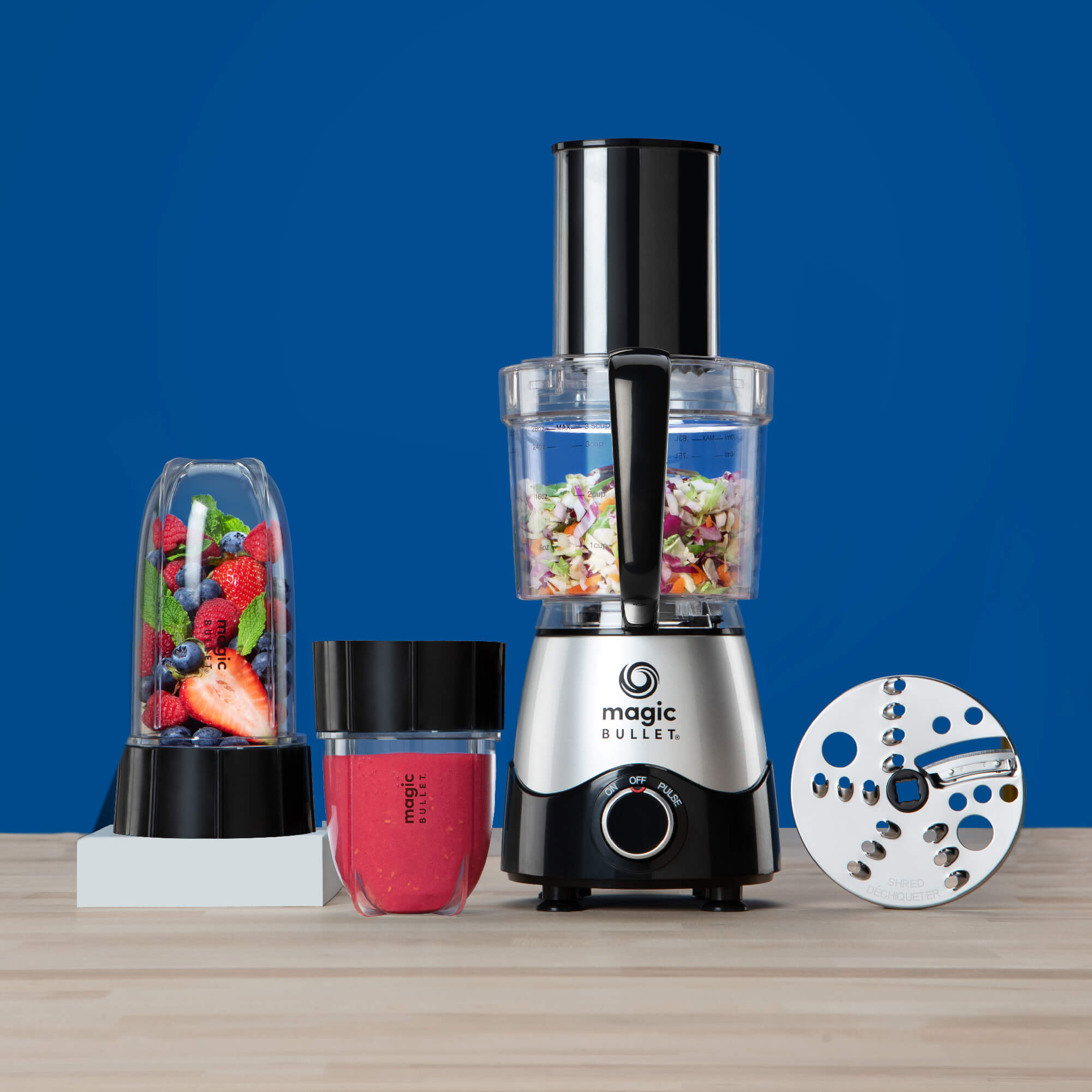It’s time to abandon the idea that all fats are bad for you. In fact, your body needs healthy fats to regulate your blood cholesterol levels and keep your heart healthy. Omega-3 fatty acids fall under this category of healthy fats and should be a part of your balanced diet.
Sources of omega-3 fatty acids include fatty fish, like salmon, nuts, seeds, olive oil, and avocado. The amount of omega-3 fatty acids found in your blood is reflective of your consistent intake of these foods. The higher the levels of omega-3s in your blood, the lower your risk of cardiac disease. The lower the levels of omega-3 levels in your blood, the higher your risk of cardiac disease. In simple terms, omega-3 levels are a measurement of risk.
This biomarker measurement has been used to create what is referred to as the Omega-3 Index. This analysis of risk is helpful in identifying risk factors of coronary heart disease mortality – most specifically, sudden cardiac death.
The Omega-3 Index is divided into zones of risk based on the percentages of fatty acids in the blood. You would be considered to be at high risk for heart disease with an indexed percentage below 4 percent, intermediate risk with a percentage between 4 and 8 percent, and low risk with a percentage of above 8 percent.
This index is handy for educating individuals who are at risk for coronary heart disease, whether they have an inherited risk or a lifestyle risk. Healthcare professionals will be able to use this index to counsel their patients on how to decrease their risks of heart disease by improving their omega-3 intakes and, therefore, their Index Scores.
Here are some practical ways to increase your omega-3 intake right now:
- Add sliced avocado to sandwiches.
- Drizzle olive oil, instead of a creamy dressing, over a mixed salad.
- Dip whole grain bread in olive oil instead of butter.
- Snack on mixed nuts during the day.
- Add flax seeds to your morning oatmeal.
- Grill up some salmon once a week.
- Take a high-quality fish oil supplement.
Whether or not you have access to Omega-3 Index testing, you can take steps to improve your heart health by adding more omega-3 fatty acids to your diet.
Nutritional information
Recipe: Creamy Green Strawberry Dream Serving in this recipe:1
- Calories: 236.6
- Total Fat: 3.6 g 5.5%
- Saturated Fat: 0.4 g 1.9%
- Cholesterol: 0 mg 0%
- Sodium: 358.7 mg 14.9%
- Total Carbs: 45.7 g 15.2%
- Dietary Fiber: 9.9 g 39.4%
- Sugar: 22.1 g
- Protein: 8.1 g 16.2%
- Vitamin A: 481.9% Vitamin C: 244.1%
- Calcium: 68.5% Iron: 26.1%
* Percent Daily Values are based on a 2,000 calorie diet. Your daily values may be higher or lower depending on your calorie needs.




























